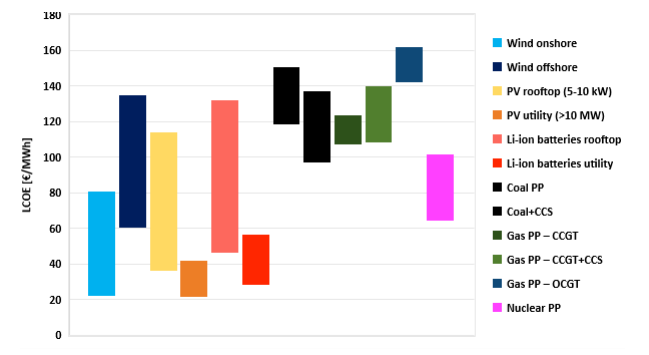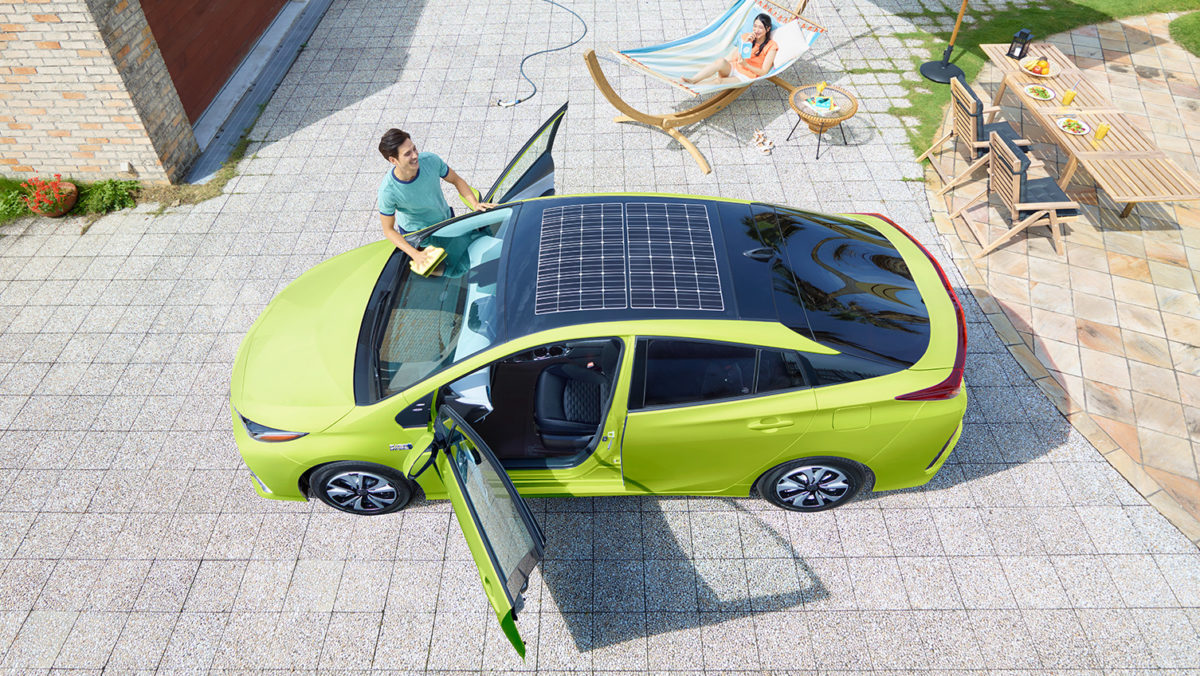In the wake of German Chancellor Angela Merkel’s announcement that the focus will be laid on furthering the goals of the Paris Agreement, putting her on a collision course with U.S. President Donald Trump, all eyes of the world are on the G20 Summit taking place in Hamburg on 7-8 July.
Amid a flurry of reports leveling criticism on the G20 nations for their sluggish low-carbon transition, a study examining electricity generation costs in all G20 countries from 2015 to 2030 strengthens the position of the “well below 2 degrees Celsius” block.
The study carried out by the Finnish Lappeenranta University of Technology finds that in many of the G20 nations, costs of renewable power are competitive with local grid prices now, and by 2030 these costs will be much lower than conventional sources in all of the G20 countries, noting that last year the average levelized cost of generating power from solar worldwide dropped 17%, onshore wind power costs dropped 18%, and offshore wind power costs fell by 28%, according to a report commissioned by UNEP and BNEF.
Titled Comparing electricity production costs of renewables to fossil and nuclear power plants in G20 countries, the study indicates that although over the last few years wind has be the preferred RE source in large parts of Europe, Brazil, Argentina, the U.S., China and Australia, solar is on track to become the cheapest way of generating power by 2030, with utility-scale solar PV showing the lowest values (16 to 117 €/MWhel).
This trend has already been detected in the Asian countries, which are still developing their grids to reach the entire population, such as Indonesia and India, where solar is proving to be a cheaper source for electricity generation than coal, reads the report, adding that last year, for the first time, there were significantly more gigawatts of solar power added in comparison to all other power-generating technologies in the world.
Popular content
In its overview of solar power development over the last few decades, the study shows that the installed capacity of solar power across G20 countries now reaches around 282 GW, whereas globally the figure stands at around 308 GW. Although in the beginning the focus was on concentrated solar thermal power, in the past few years, solar PV technology has taken over all other technologies and is now considered the most attractive of mainstream technologies, the study indicates, pointing to the growing trend of using shared land, grid connection and maintenance i.e. the rising popularity of hybrid renewable power projects, including hydro-solar PV, wind-solar PV, PV-solar thermal, solar thermal-geothermal and biomass-geothermal.

The study concludes that onshore wind energy currently shows the lowest overall LCOE, especially in regions of high latitude, with notable exceptions for some regions in Asia where wind resources are less favorable than solar, whereas in 2030 solar PV utility power plants represent the lowest LCOE of all technologies in all regions of the world, with the exception of Northern Europe, reaping the benefits of further increase in the PV+Battery system competitiveness due to projected cost reductions for battery storage.
“There can be no excuses anymore. Climate protection increasingly makes economic sense across the G20 as renewable energy becomes cheaper than dirty coal and nuclear,” said Greenpeace Germany energy expert Tobias Austrup. “Any G20 country that is still investing in coal and nuclear power plants is wasting their money on technology that will not be competitive in coming years.”
This content is protected by copyright and may not be reused. If you want to cooperate with us and would like to reuse some of our content, please contact: editors@pv-magazine.com.



2 comments
By submitting this form you agree to pv magazine using your data for the purposes of publishing your comment.
Your personal data will only be disclosed or otherwise transmitted to third parties for the purposes of spam filtering or if this is necessary for technical maintenance of the website. Any other transfer to third parties will not take place unless this is justified on the basis of applicable data protection regulations or if pv magazine is legally obliged to do so.
You may revoke this consent at any time with effect for the future, in which case your personal data will be deleted immediately. Otherwise, your data will be deleted if pv magazine has processed your request or the purpose of data storage is fulfilled.
Further information on data privacy can be found in our Data Protection Policy.